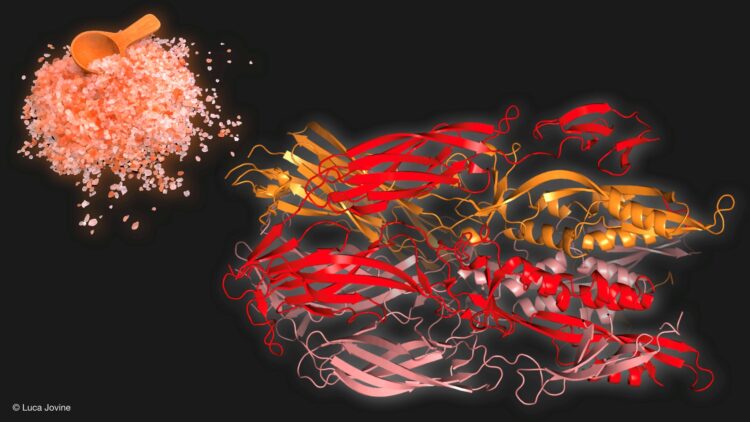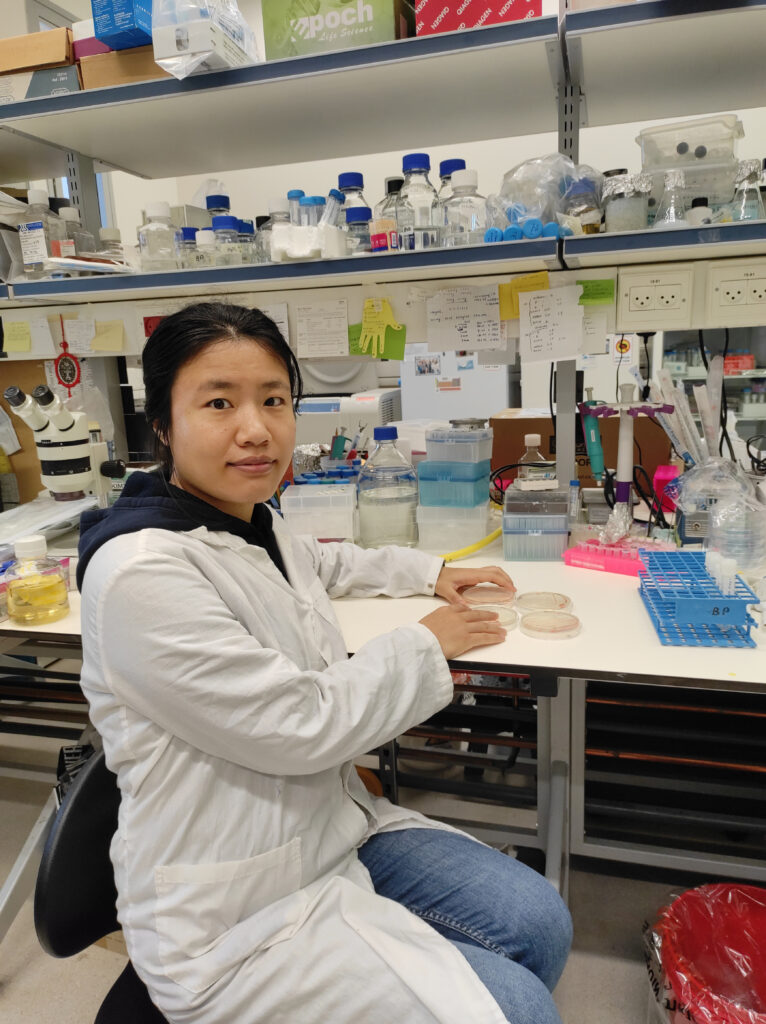On the occasion of the win, we asked Li to provide us with some interesting details about the study, the path that led to the research, and a bit about her.
•Hi, could you introduce yourself in a few words?
I am Xiaohui, a Ph.D. student from Prof. Podbilewicz lab.
•Could you explain what Prof. Podbilewicz’s laboratory is about?
Our lab mainly investigates proteins called fusogens which mediate cell fusion from various organisms, like EFF-1 and AFF-1 in nematodes, HAP2/GCS1 in plants. These proteins are essential to sculpt organs and also for sexual fusion of gametes.
•Could you tell us about your current article/research, what was the main purpose of the research and what did you discover?
This article mainly focused on the origin and evolution of those fusogens mentioned above. We discovered a HAP2-like protein present in archaea and we named it Fusexin1 or Fsx1. We determined the crystallographic structure of Fsx1 which is homologous to previously identified fusogens. Functional studies showed that ectopically expressed Fsx1 can fuse mammalian cells. Archaeal fsx1 genes are found within integrated mobile elements suggesting potential roles in cell-cell fusion and gene exchange in archaea.

Image by Prof. Luca Jovine of the Karolinska Institute
showing the crystal structure of Fsx1 and representative hypersaline environments in which identified archaeal species with fusogens live.
•Can you elaborate on the importance of the discovery? How will it serve you and what direction this research might take?
The findings of fusogens in viruses, plants, and animals have arisen questions regarding the origins of these key molecules. Were fusogens captured by viruses from eukaryotes and used for host invasion? Or viral fusogens were transferred to early eukaryotic cells and then repurposed for gamete fusion? Our discovery raises a third possibility that Fsx1 is the ancestral protein from which viral and eukaryal fusogens are derived. Following our scenario, the next steps will be to investigate the roles of Fsx1 proteins in nature and establish their evolutionary history.
What is the application of the discovery (domains, solutions)?
Our findings provide some clues for further studies on cell fusion and gene transfer in archaea, also the eukaryogenesis theory.
•What drew you to the current lab/project?
I was interested in it and decided to have a try.
•When you are not “doing” science, what do you do?
Recently I watched documentaries.
•When you grow up who do you want to be?
Fruit shop owner.
•What are your plans for the future of your career?
I would like to continue working in this field with my interest and passion.
A link to the full article: https://www.nature.com/articles/s41467-022-31564-1
A link to Podbilewicz lab site: https://elegansfusion.net.technion.ac.il/
A link to Prof. Podbilewicz’s page: https://biology.technion.ac.il/en/member/podbilewicz/








